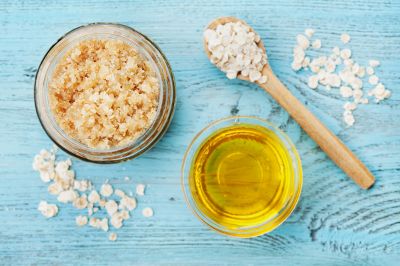When it comes to getting a decent night’s sleep, there are some obvious rules to follow. Not using your phone or computer right before bedtime, having a regular bedtime routine and having relaxation rituals to wind down before you go to bed are all good ideas. But the foods you’re eating can also have a big impact on your sleep, so if you’re struggling to get eight hours, try making these changes to your diet.
Cut the caffeine
We all love a cup of coffee or tea in the morning, but your caffeine habit could be keeping you up at night. Gradually reduce your caffeine intake throughout the day, and have your last cup of tea or coffee (or other caffeinated drink) no later than lunchtime.
Tea before bed
Since you’ve cut out your afternoon cuppa, replace it with a nice soothing cup of chamomile tea. It contains apigenin, which is an antioxidant that has been linked with promoting sleepiness. In studies, participants fell asleep faster and experienced improved sleep quality.
Eat your evening meal earlier
If you’re eating too late in the day you may struggle to get off to sleep, so try to time your evening meal at least three hours before bedtime. This meal should also be free from starchy carbs like pasta, rice and bread, which can cause a peak in sugar levels and then reactive hypoglycaemia, or a ‘sugar crash’. The resultant release of stress hormones can wake you in the night, so instead, opt for a meal that isn’t too big eaten nice and early.
Melatonin boosters
For that evening meal opt for foods rich in the amino acid tryptophan, which is needed to produce the sleep-inducing hormone melatonin. Nuts such as almonds, seeds, chicken and turkey are all good sources of this. Supplementing tryptophan in the form of 5HTP can also help to boost your levels of this sleep-supporting amino acid.
Magnesium
Magnesium is a natural relaxant as it has been linked to lowering levels of the stress hormone cortisol. It is also a smooth muscle relaxant; so make sure your diet includes foods that are rich in the nutrient. Spinach, kale, avocados, chickpeas, salmon and figs are all great options. It can be tricky to get enough magnesium from our diet alone, so it’s worth considering a supplement.
Say no to sugar
It may seem obvious, but it’s surprising how many people opt for a sugary drink with dinner or have a sugary treat like a chocolate biscuit right before bedtime. Keep your daily sugar intake to a minimum and ensure that it is coming from natural sources such as fruit rather than refined sugars, fizzy drinks and sweets. Swap your pudding after your evening meal for a digestive-aiding peppermint tea for a better night’s sleep.

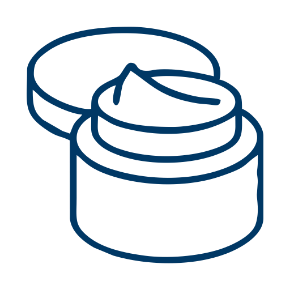

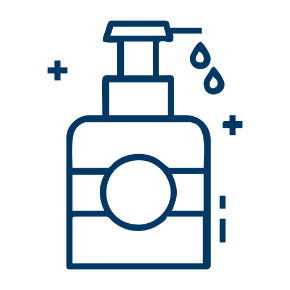
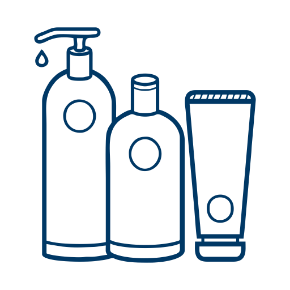

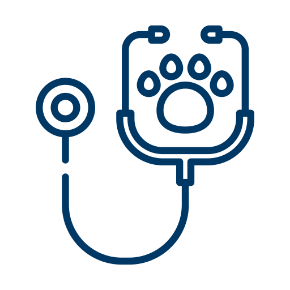
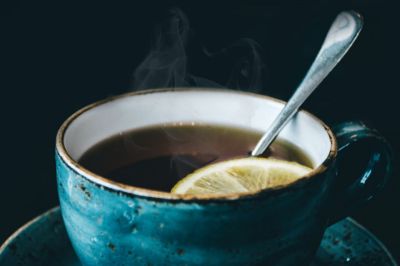

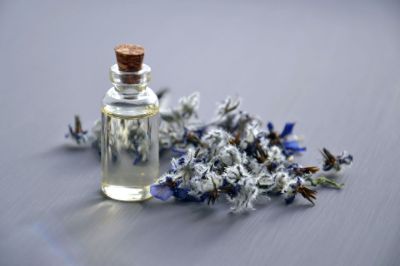
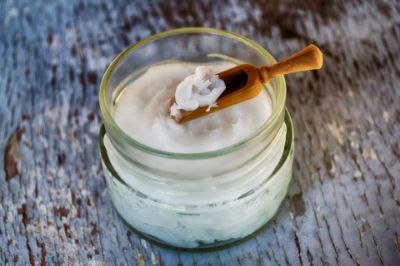
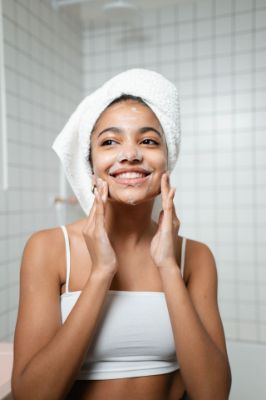
_400.png)
